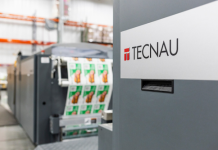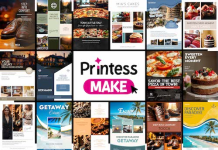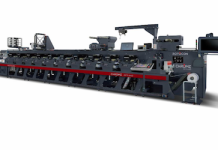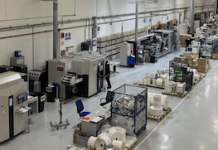As the number of consumers purchasing goods online continues to grow, awareness of packaging choices and attention to the environmental impacts of the packaging material are increasing too.
The ‘Trend Tracker Survey 2023’, the latest consumer research from Two Sides Europe, seeks to understand changing consumer perceptions towards print, paper, paper-based packaging and tissue products. The survey questioned more than 10,000 consumers in 16 countries across the world, from South America and the United States to South Africa and Europe, providing an assessment of consumers’ attitudes and beliefs towards the paper industry and its products.
Results of the 2023 survey show that progressively more consumers believe paper-based packaging is better for the environment than all other packaging materials.
Paper: The Preferred And Sustainable Packaging Choice
Packaging plays an extremely important part in the purchasing decision as it displays vital product information and is used to preserve, protect and enhance product quality. Packaging comes in a variety of forms and the packaging industry is always innovating to meet the demands of the consumer and value chain.
Consumers were asked to choose their preferred packaging material based on a range of environmental, visual and physical attributes. These packaging materials were paper/cardboard, plastic, glass and metal. The survey revealed that out of 15 attributes, paper/cardboard was the favourite for 10. Paper/cardboard was positioned best for environmental factors like home compostable (76%), better for the environment (55%) and easier to recycle (49%).
Consumers are correct to believe that paper is easier to recycle. In Europe, 82% of paper packaging is recycled, the highest recycling rate of any packaging material. Glass has a recycling rate of 76%, metal 76% and plastic just 38%, according to Eurostat, 2020.
When looking at the different types of shopping bags available, consumers believe that paper bags have the best attributes for composability (64%), recyclability (55%) and that they are made with renewable materials (38%).
Reducing Non-Recyclable Packaging, Who’s Responsible?
With consumers, businesses and governments looking for ways to reduce waste and create a more sustainable, circular economy, the use of non-recyclable, single-use packaging and its effects on the environment have come into sharp focus.
The survey showed that consumers believe the government needs to do more to reduce the use of single-use non-recyclable packaging. When consumers were asked to rank who they believe has the most responsibility for reducing the use of non-recyclable packaging, 39% think that governments and local authorities were the most responsible. This is a big change in consumer thinking compared to 2021, when they ranked the individual (your personal choices), as the most responsible at 33%. That said, 19% of consumers still believe that the individual is also responsible for reducing single-use non-recyclable packaging.
Consumers are aware of the impacts that packaging has on our planet, and they increasingly demand that governments, brands and retailers do more to ensure packaging is widely recyclable. An executive summary of the Trend Tracker Survey 2023 has been published and available to industry stakeholders upon request. Click here to register your interest in receiving this summary.
The complete survey data broken down by country, age and gender is available to Two Sides members only or available to purchase.
TWO SIDES SOUTH AFRICA
https://za.twosides.info





















